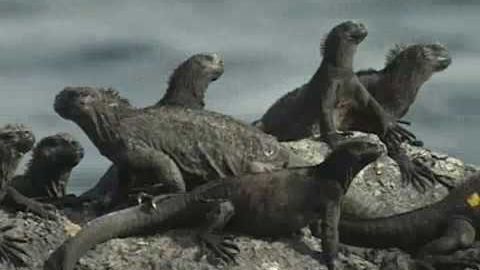ガラパゴス:動物の研究 (1/7) (Galapagos: researching the animals (1/7))
kevin が 2021 年 01 月 14 日 に投稿  この条件に一致する単語はありません
この条件に一致する単語はありませんUS /rɪˈsɚtʃ, ˈriˌsɚtʃ/
・
UK /rɪ'sɜ:tʃ/
- v.t./i.研究する;市場調査をする
- n. (c./u.)研究;研究分野;研究報告;市場調査
US /ˌɪnfɚˈmeʃən/
・
UK /ˌɪnfəˈmeɪʃn/
- n. (u.)情報;データ;ニュース;(コンピューター)情報;起訴
US /dɪˈvaɪs/
・
UK /dɪˈvaɪs/
- n. (c./u.)装置 : デバイス;手段;機械;文学的技巧;コンピューター機器
US /ˈɛnədʒi/
・
UK /'enədʒɪ/
- n. (c./u.)元気;活力;エネルギー (物理学);エネルギー (コンピューター);エネルギー (経済)
エネルギーを使用
すべての単語を解除
発音・解説・フィルター機能を解除

